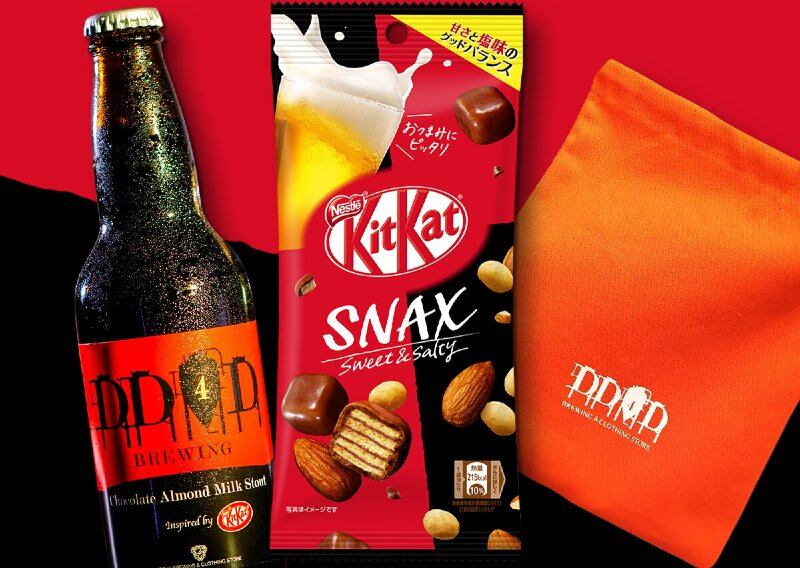This was according to an expert panel that convened at a recent Cocoa Association of Asia forum focusing the current state of the industry in Asia, and made especially more important with the panelists identifying Asia as holding ‘the key to the future’ of the industry.
The panel comprised of Cargill Cocoa & Chocolate Asia Pacific Managing Director Francesca Kleemans, Olam International VP Cocoa Division Quek Ngee Chuan, Touton Far East Managing Director Antoine Delsart, Von Alm CEO Gerald Abwerzger and Rabobank Associate Commodities Analyst Andrew Rawlings. The session was moderated by Agronomy Capital Advisors Chairman Doug Hawkins.
In his opening presentation, Rawlings highlighted that the health and wellness trend has been increasing in multiple food sectors, and cocoa and chocolate has been no different.
“Our consumer research has observed an increased demand for dark chocolate and higher cocoa-containing chocolate products due to perceived health benefits. There has also been an increase in value-orientated shopping, meaning again that products with higher cocoa content have been popular,” he said.
Kleemans concurred with this observation, saying that Cargill’s own data also supported these findings.
“There has definitely been higher demand for more nutritious and affordable foods [in] cocoa as well as many other food categories across the aisle,” she said.
“COVID-19 saw many changes take place, especially in terms of a switch in sales channels, a switch in product categories, and heightened emotional needs - All of these are actually great opportunities for food manufacturers to respond, and bring value and innovation to break the doom and gloom.
“The switch in sales channels is clear from a brutal drop in food service and consumers moving purchases to grocery and online, but what we expect to be more key is what’s happening within the switch to grocery.
“Consumers are moving to packaged foods perceived as being more nutritious as well as more affordable snacks, e.g. there has been a strong increase in noodles, nut-based snacks, biscuits, some dairy – all of these have seen double digit growth across Asia.
“Based on these numbers, chocolate needs to remain competitive and affordable. Asian consumers are very sensitive to price and income changes, and the response to economic uncertainty is to increase savings. This double digit growth even amidst a pandemic has been driven also by affordability, and that is not something businesses can afford to forget.”
Affordability was also highlighted in the form of the rise in popularity of larger chocolate pack sizes.
“The increase in value preference has also been reflected in terms of larger package sizes, especially due to the lockdowns and the pandemic-related recession leading to lower incomes, reduced spending and less impulse-buying,” said Rawlings.
Home baking on the rise
Another trend highlighted as crucial for the chocolate industry in Asia was the rise home baking, and cooking chocolate in relation to this.
“Consumers’ needs during these times are quite emotional, and one of these areas that require fulfilment is in terms of getting a fun and sensory experience whilst locked down at home,” said Kleemans.
“Everyone is spending more time at home and experimenting in the kitchen, but people wants to be creative and yet also not have to deal with the complexity of traditional preparations.
“So here, we see an opportunity for manufacturers - In home baking, they can change the formulation of a product so aa cake can be made in two steps instead of three, or tweak such that the consumer can make a mousse out of a product usually used to make a beverage.
“There is a lot of creativity involved here, and it is important for manufacturers to respond with agility and support.”
Asia ‘holds key’ to future of cocoa and chocolate
As a whole, the panel also agreed that the Asian region is crucial for the growth of the cocoa and chocolate industry, mainly due to the large population size here.
“Asia holds the key to the future of demand for the industry – it’s why Cargill has just set up a manufacturing plant in the region, in India, as we are confident of this,” said Kleemans.
Delsart highlighted that the chocolate markets in Asia and the west are very different due to the existence of ‘many chocolatiers that have direct consumer access in regions like Europe’, whereas in Asia chocolate is much less personal, but still agreed that the region is key to industry growth.
“Consumption per capita of chocolate is also still low in Asia compared to the US and Europe at maybe a couple of thousand grams per capita on average here as opposed to 8kg to 9kg per capita there,” he said.
“So Asia is unlikely to catch up in terms of per capita consumption even in the next five years, and perhaps never will, but with the size of the population put into perspective, the potential is definitely here.”
Quek concurred, adding that the increasing levels of affluence in the region would also play an important role.
“Even with low consumption per capita, this consumption multiplied by a population of two plus billion in size means there is a lot of room to grow,” he said.
“Add that on to increasing affluence in Asia, especially with a rapidly growing middle class, and I would say there is definitely a lot of room left.”
As for specific countries expected to stand out, Abwerzger pegged China as the country to watch.
“I feel that China is doing very well in view of GDP setbacks and other drawbacks from this pandemic, and is also managing COVID-19 quite nicely,” said Abwerzger.
“So I believe China needs to be closely watched from both the macroeconomics and chocolate consumption per capita aspects, and that the cocoa growth story moving forward will very much be centred around Asia and China.”





